The transition from Intel processors to Apple's own Silicon solution brought a number of changes. Although Apple computers have seen a great increase in performance and greater economy, we certainly must not forget about possible negatives. Apple completely changed the architecture and switched from the captive x86 to ARM, which clearly turned out to be the right choice. Macs from the last two years definitely have a lot to offer and are constantly surprising with their options.
It could be interest you
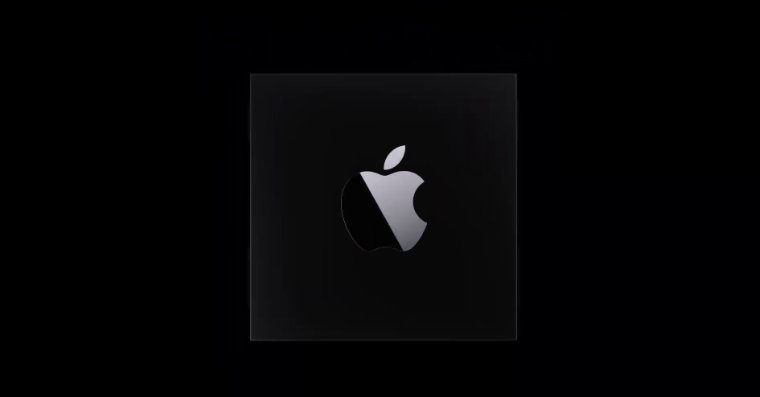
But let's go back to the mentioned negatives. In general, the most common shortcoming could be the missing option to start (Boot Camp) Windows or its virtualization in a normal form. This happened precisely because of a change in architecture, due to which it is no longer possible to launch the standard version of this operating system. From the beginning, there was also often talk about one more disadvantage. New Macs with Apple Silicon can't handle an attached external graphics card, or eGPU. These options are probably blocked by Apple directly, and they have their reasons for doing so.
eGPUs
Before we move on to the main thing, let's quickly summarize what external graphics cards actually are and what they are used for. Their idea is quite successful. For example, it should provide the laptop with enough performance even though it is a portable laptop, in which a traditional desktop card would simply not fit. In this case, the connection takes place via the fast Thunderbolt standard. So in practice it is quite simple. You have an older laptop, you connect an eGPU to it and you can immediately start playing.
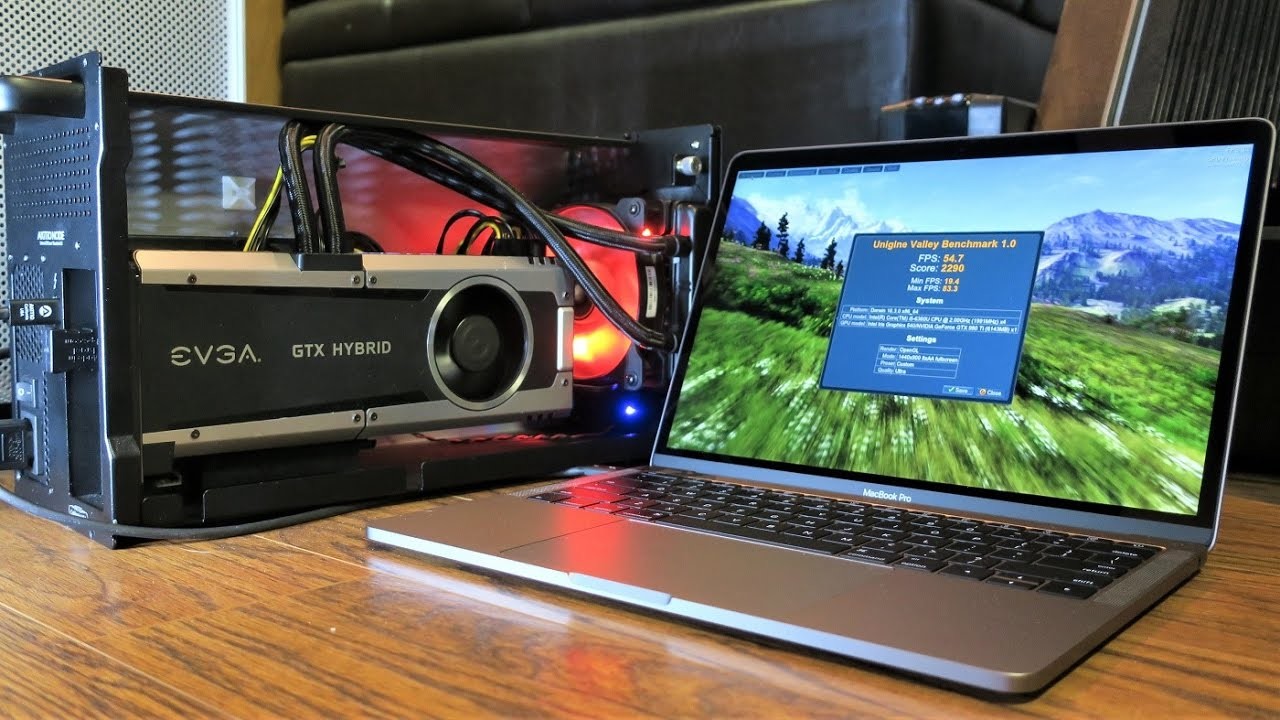
Even before the arrival of the first Macs with Apple Silicon, eGPUs were a fairly common companion for Apple laptops. They were known for not offering much performance, especially the versions in basic configurations. That's why eGPUs were the absolute alpha and omega for their work for some apple users. But something like this is most likely coming to an end.
eGPU and Apple Silicon
As we mentioned right at the beginning, with the arrival of Macs with Apple Silicon chips, Apple canceled support for external graphics cards. At first glance, however, it is not entirely clear why this actually happened. It was enough to connect a modern eGPU to any device that had at least a Thunderbolt 3 connector. All Macs since 2016 have met this. Even so, newer models are no longer so lucky. It is therefore not surprising that a rather interesting discussion opened up among apple growers about why the support was actually canceled.
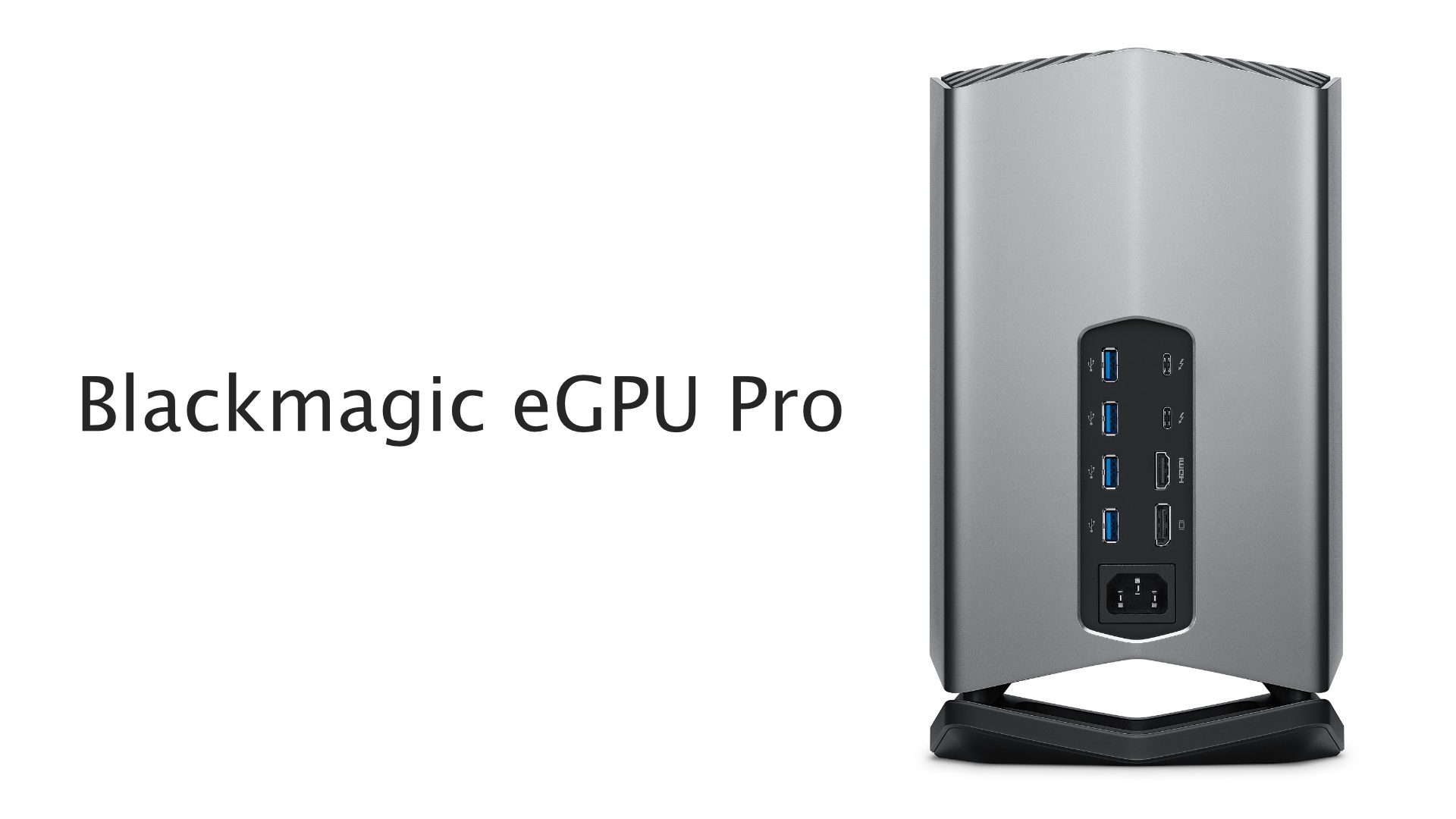
Although at first glance there is no reason for newer Apple computers not to support eGPU, in reality the main problem is the Apple Silicon series chipset itself. The transition to a proprietary solution has made Apple's ecosystem even more closed, while the complete architecture change underlines this fact all the more. So why was support withdrawn? Apple likes to brag about the capabilities of its new chips, which often offer breathtaking performance. For example, the Mac Studio with the M1 Ultra chip is the current pride of place. It even surpasses some Mac Pro configurations in terms of performance, despite being many times smaller. In a way, it can be said that by supporting eGPU, Apple would be partially undermining its own statements about dominant performance and thus admitting a certain imperfection of its own processors. In any case, this statement must be taken with a grain of salt. These are user assumptions that have never been officially confirmed.
It could be interest you
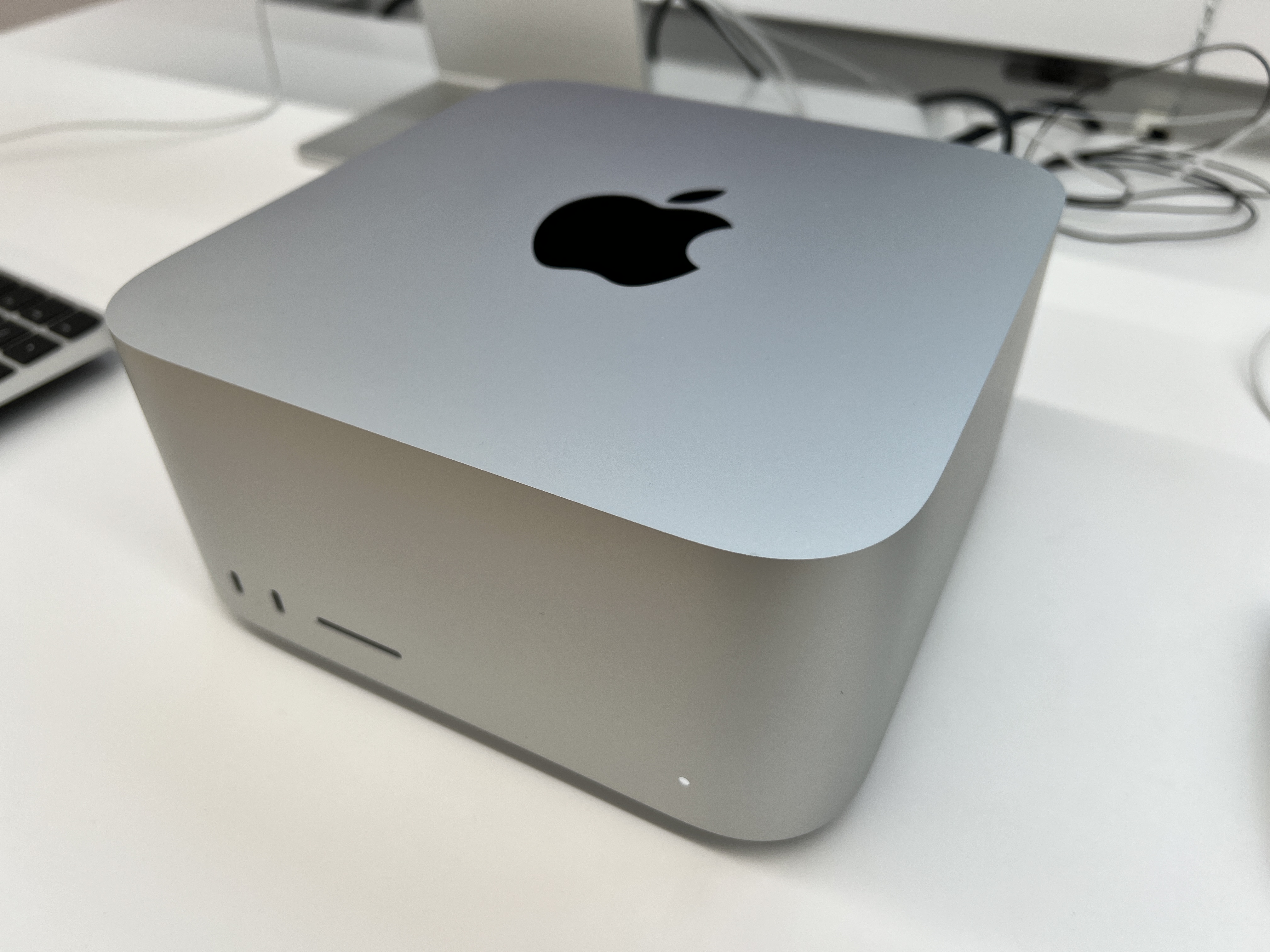
Anyway, in the final, Apple solved it in its own way. New Macs simply don't get along with eGPUs because they don't have the necessary drivers for proper operation. They don't exist at all. On the other hand, the question is whether we still need support for external graphics cards at all. In this regard, we return to the very performance of Apple Silicon, which in many cases exceeds the expectations of users. Although eGPU can be a great solution for some, it can generally be said that the lack of support is not missing at all for most Apple users.
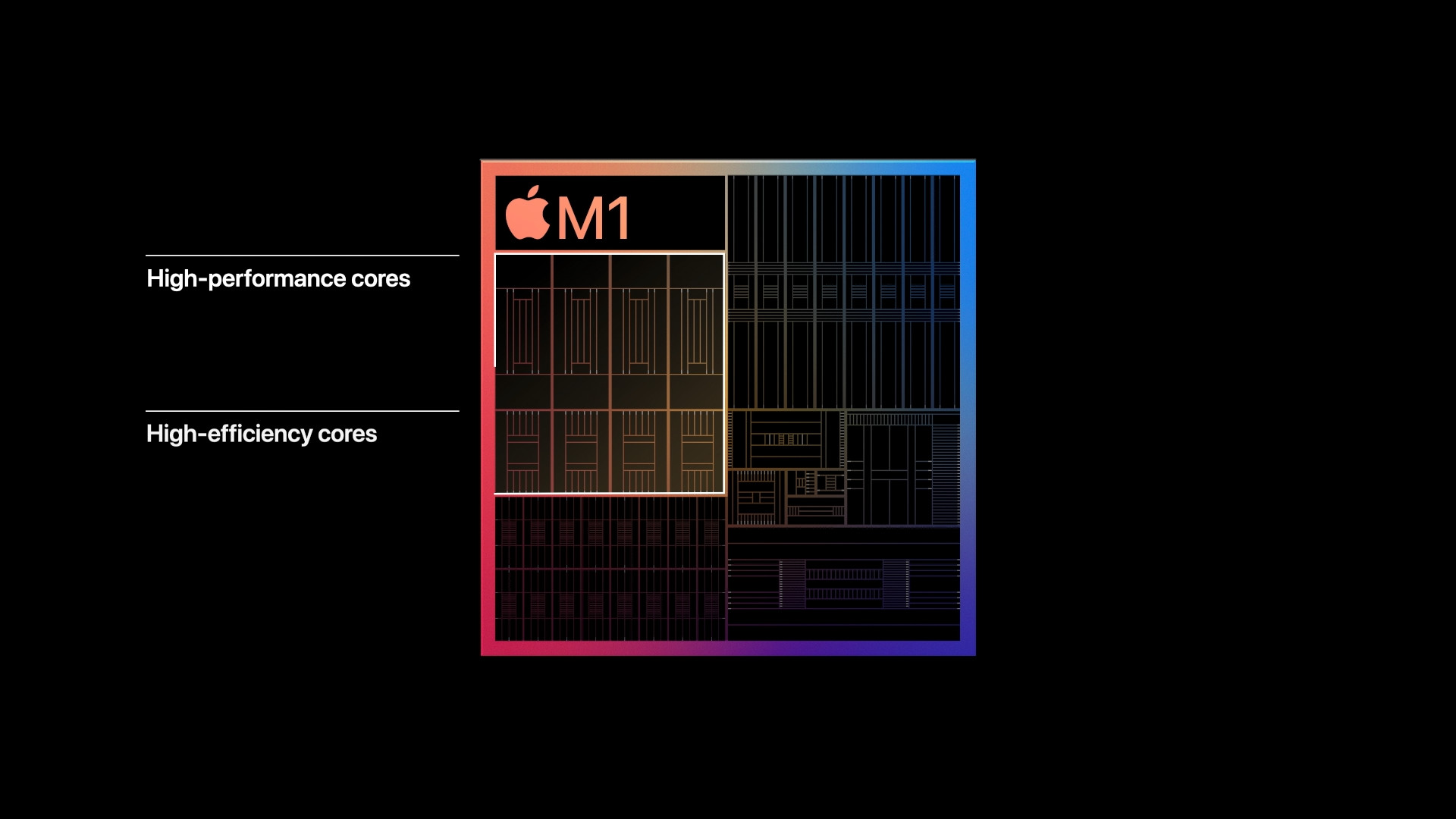
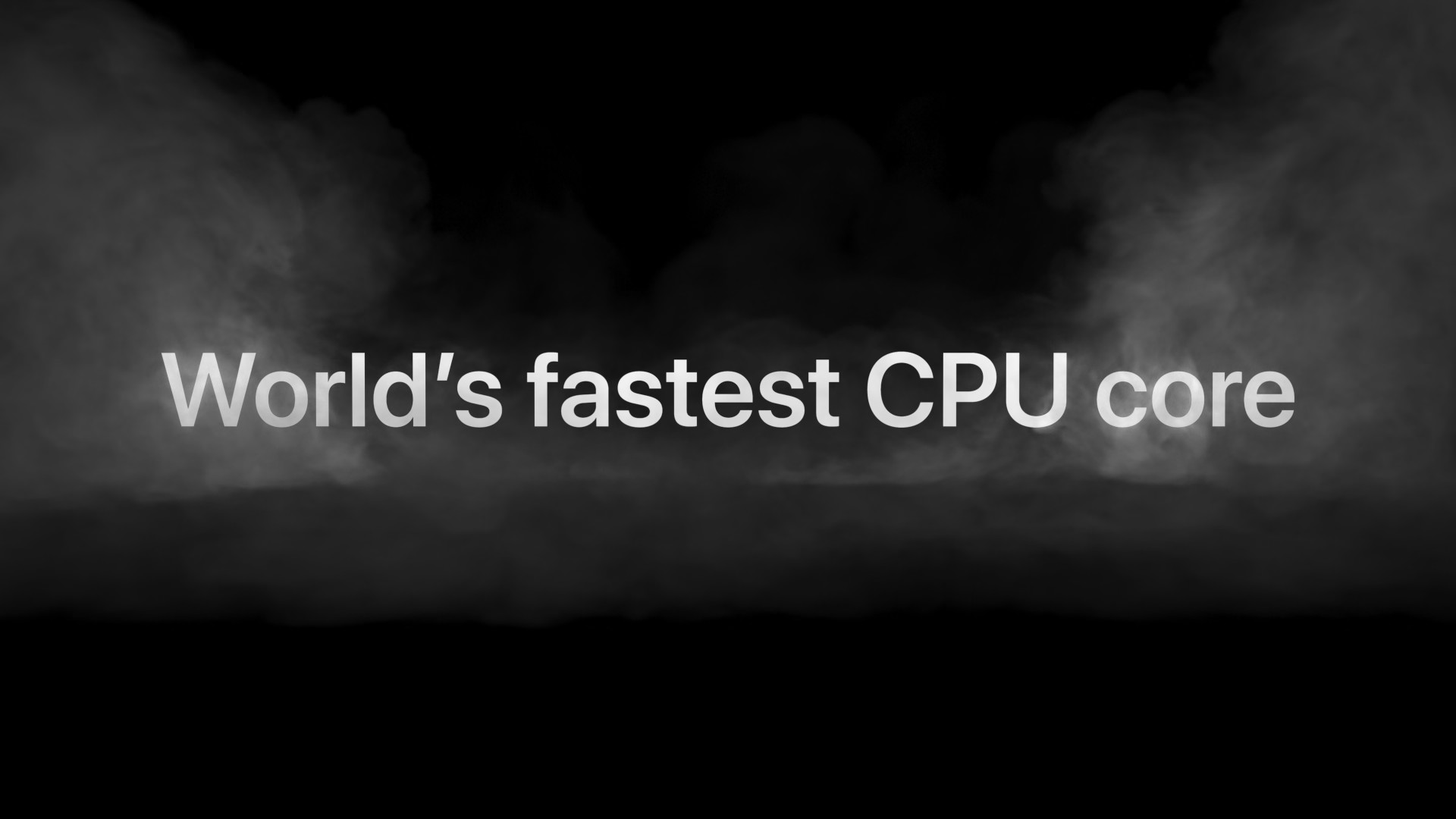
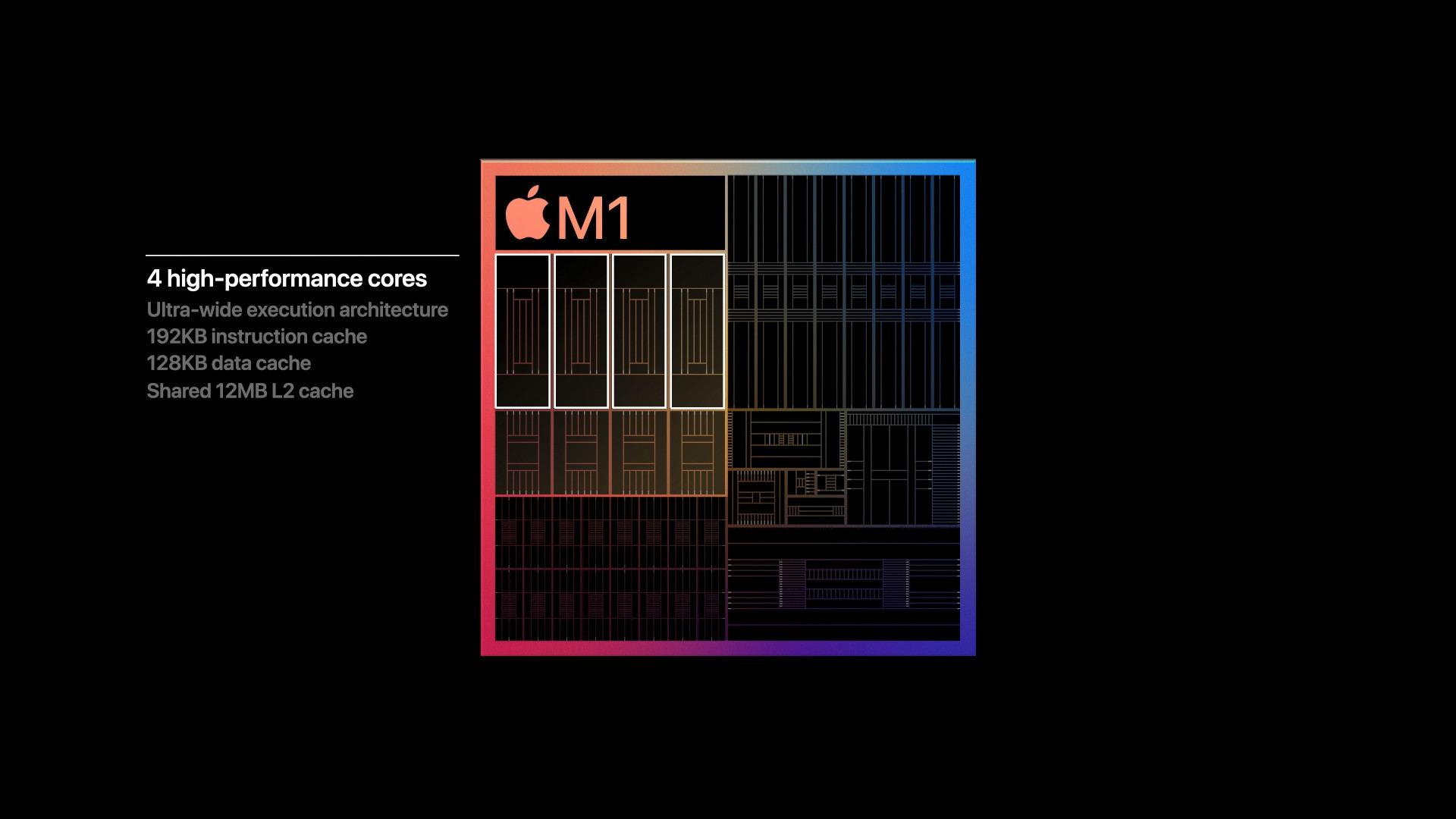


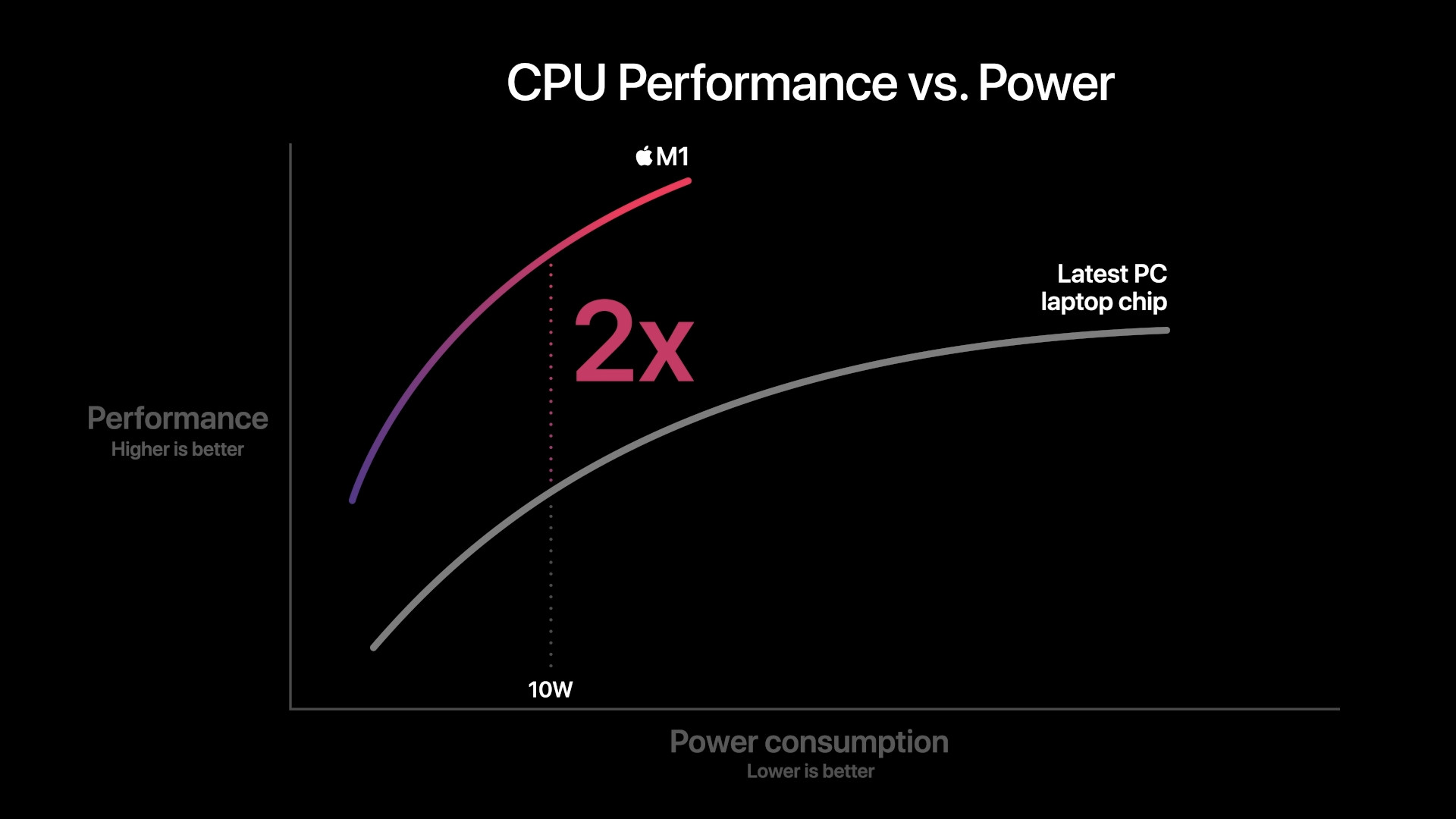
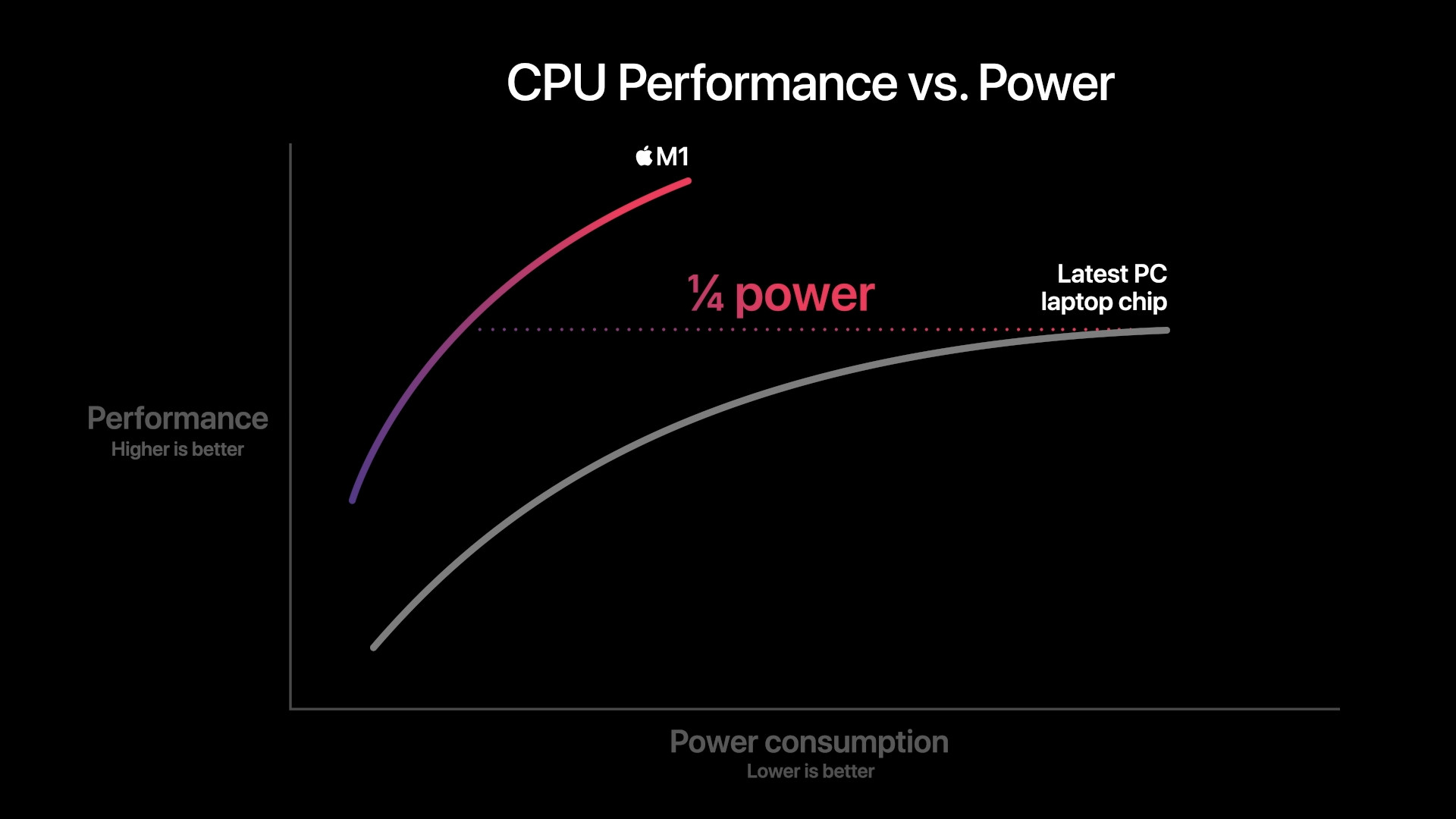

 Flying around the world with Apple
Flying around the world with Apple
As mentioned under the article about the launch of Resident Evil village, it is about the lack of performance. And optimization won't save it.
And the performance of the M1 Pro 16c gpu is not exactly great against the egpu, not to mention the basic M1. Otherwise, do not look for eGPU limitations only in the controls, but also in the number of PCie lines.
I just hit the HW ceiling of my 12.1 year old MacBook Pro in graphics applications. Newer versions of LrC 2 need min VRAM to display some functions. 4GB. My MacBook Pro with Intel and 3 Thunderbolt 1,5 ports only has XNUMXGB of VRAM. Would it be possible to use e.g. a Blackmagic eGPU or a cheaper one? Thanks in advance for your reply Jura.